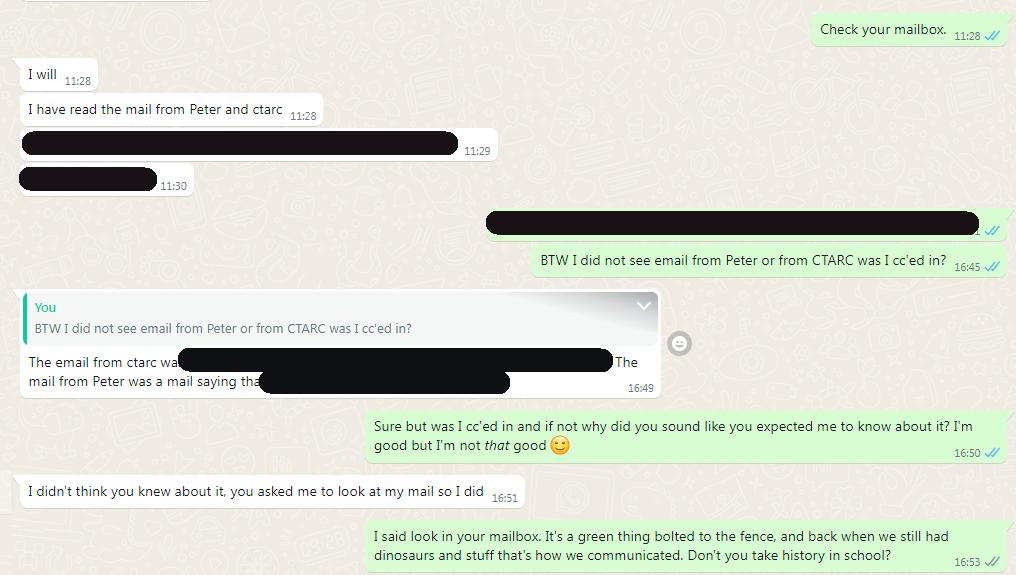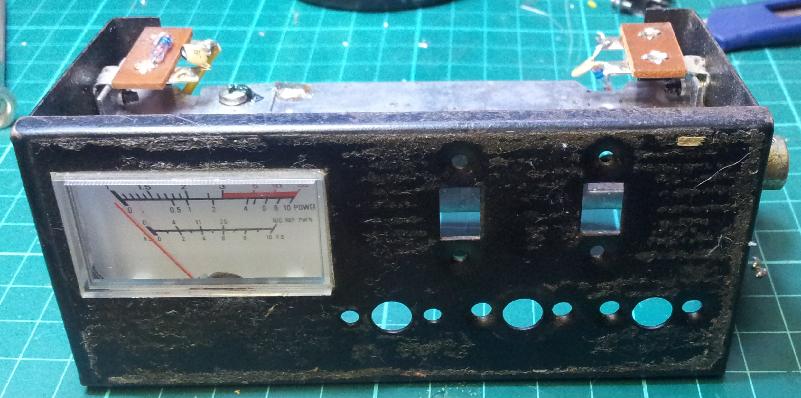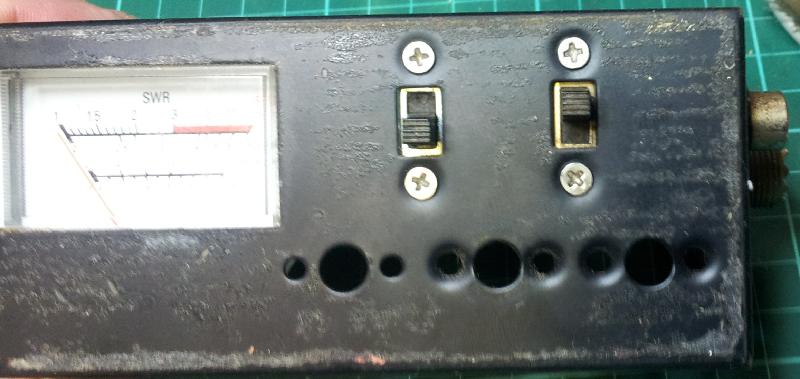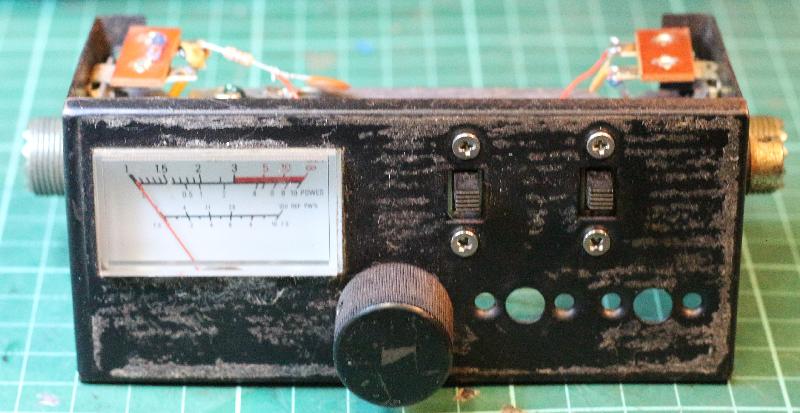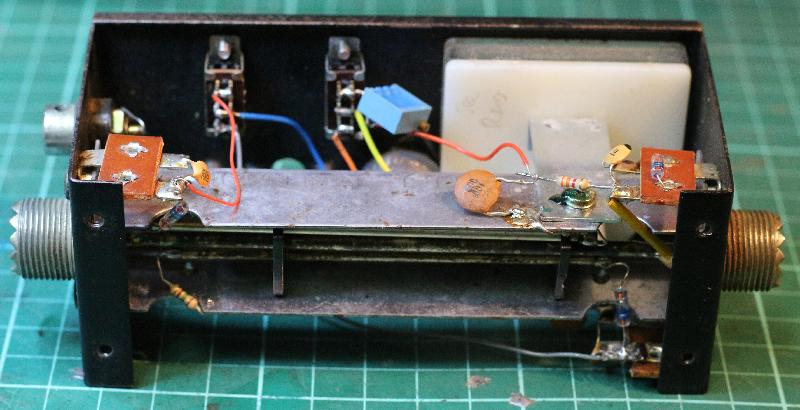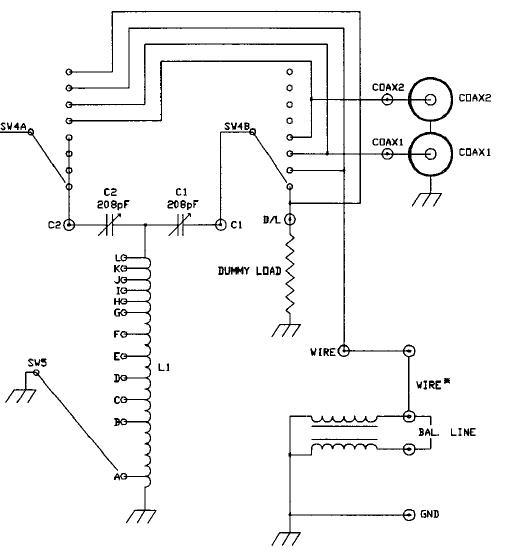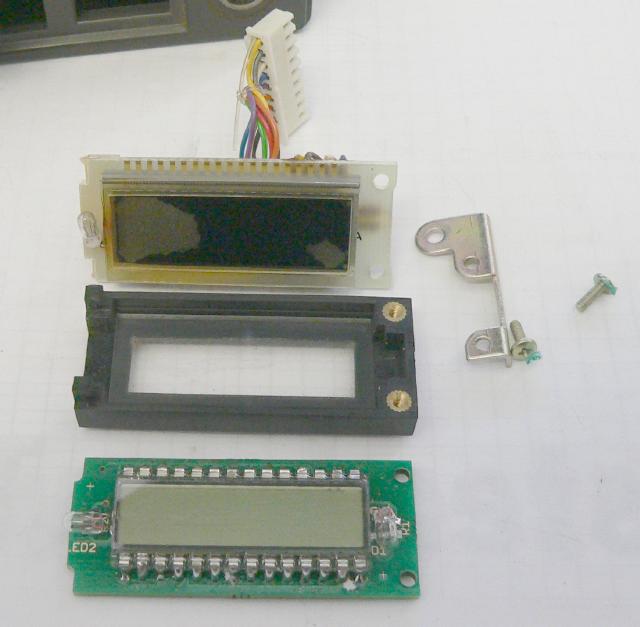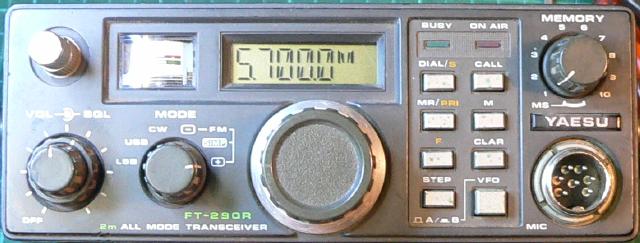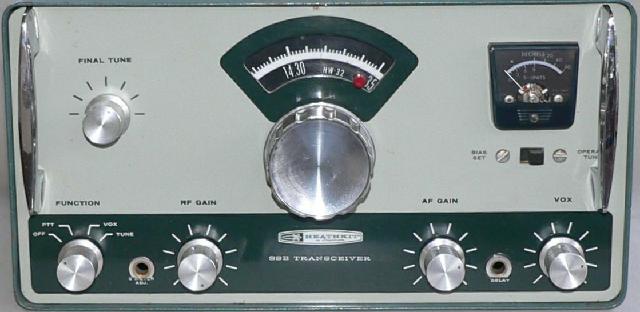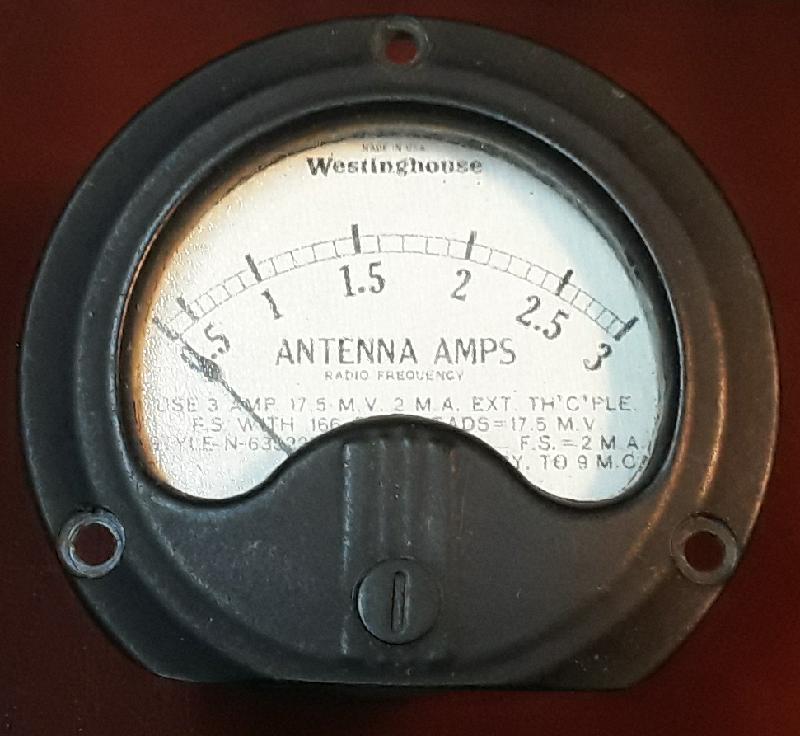
From my stash of interesting stuff. I know very little about measuring antenna current, I’ve never seen it covered in a Radio Amateur Handbook or the like. Not even my 1948 edition.
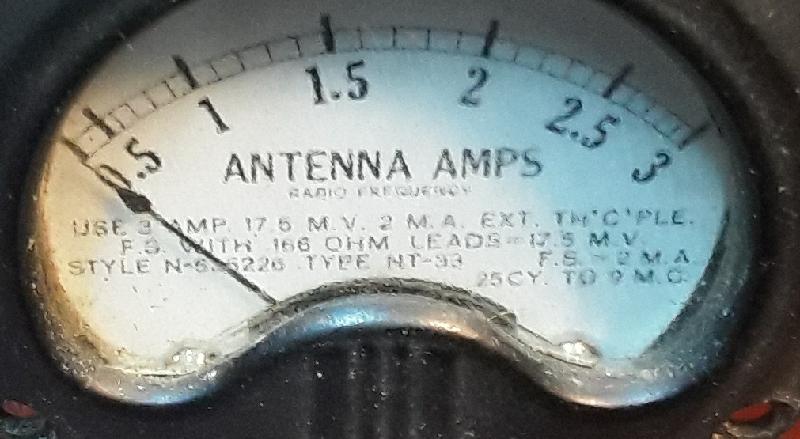
The meter face (note the non-glare glass) reads “USE 3 AMP 17.5 M.V. 2 M.A. EXT TH’C’PLE. F.S. WITH .166 OHM LEADS = 17.5 M.V. STYLE N-635226 TYPE NT-33 FS = 2 M.A. 25 CY TO 9 M.C.
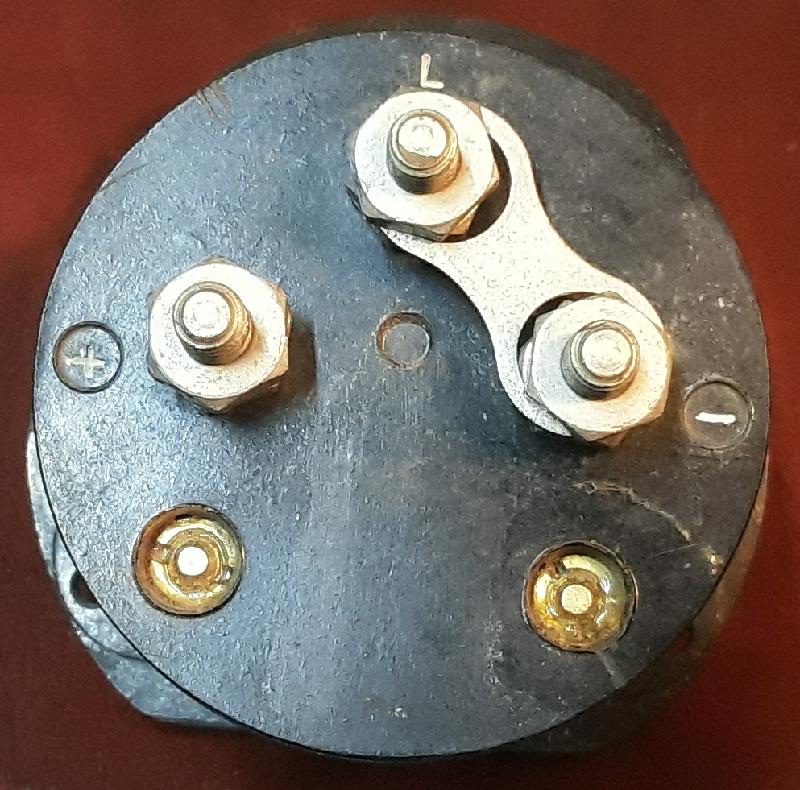
It has three terminals and I have no idea what “L” means.
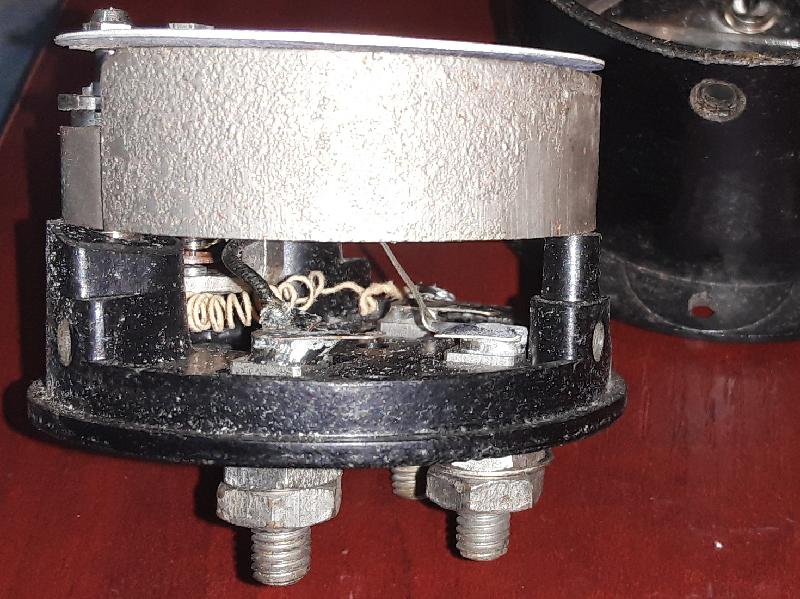
Turns out “L” is connected to the back of the meter face. Still don’t know what it stands for.
Anyway, it’s a non-linearly calibrated d’Arsonval movement with a (measured) internal resistance of 8.5 ohm and an FSD of 2mA. 17.5mV over 8.75 ohm is 2mA, so depending on whether the 0.166 ohm lead resistance is for one or both wires, the internal resistance should be 8.58 ohm or 8.42 ohm so yea, the complete meter spec is written on the meter face if you know what to look for.
It should look good in some retro kit, even if I have to interface a PIC to the back of it to get the calibration right.
